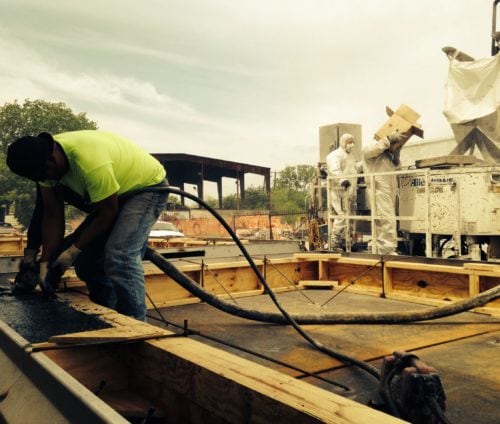 The correct water content is one of the major factors that influence the quality of refractory castables. Excess water can reduce strength and density, Increase volume shrinkage, and promote segregation of the castable ingredients. Insufficient water can produce “honeycombs” (air voids) in castable because of poor consolidation during placement,and prevent complete hydration of cement.
The correct water content is one of the major factors that influence the quality of refractory castables. Excess water can reduce strength and density, Increase volume shrinkage, and promote segregation of the castable ingredients. Insufficient water can produce “honeycombs” (air voids) in castable because of poor consolidation during placement,and prevent complete hydration of cement.
The ball -in-hand test is subjective and somewhat depends on the skill of the operator. It is a universally accessible method for determining how much water should be added to a castable refractory.
Place a convenient amount of dry castable into whatever device ( mortor box, concrete paddle mixer or Hobart mixer) you will be using. Begin mixing while adding water until a ball-in-hand consistency is achieved . To test for a baa-in-hand, from a hand-sized compact ball of mix with the hands. Toss it up word about one foot, and catch In one hand. The ball should hold together with almost no small pieces falling off and the ball should flow between the fingers about ¼”. When this consistency is achieved, the castable is ready to be troweled into place. The amount of water required should be percent by the following calculation:
Ibs H2O/Ibs dry castable x 100
Also, note both strength and density are reduced after a smaple has been fired to 1500° F. The cement deteriorates and loses chemical water , thus the decreases. This affect is more pronounced on a high cement mix such as Wescolite 1:2:4. The decrease in density is usually of little concern however, it is very important that the material maintain sufficient strength.
